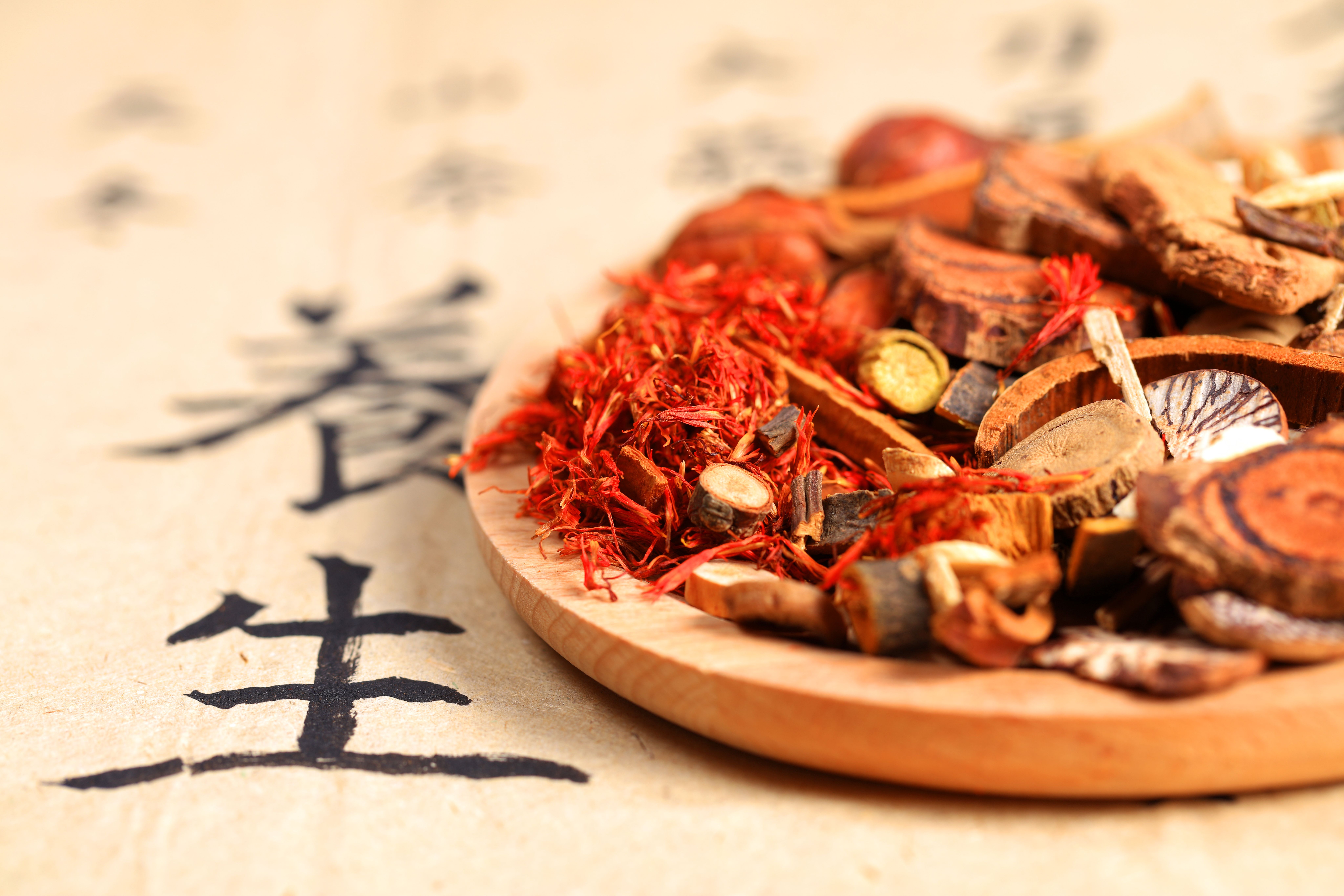Researchers Propose Use of Flavonoid Isoquercitrin As a Quality-Marker Candidate for Eucommiae Folium (Duzhongye) in Chinese Pharmacopoeia Using UHPLC–MS/MS Analysis
A new study has identified potential quality-markers for Eucommiae Folium (Duzhongye), a traditional Chinese medicine, using UHPLC–MS/MS analysis, and has recommended isoquercitrin as a new quality-marker candidate.
Guangzhou University of Chinese Medicine researchers have used advanced mass spectrometry techniques to putatively identify 26 bioactive compounds in Eucommiae Folium (Duzhongye), a traditional Chinese medicine with a poorly defined quality-marker in Chinese Pharmacopoeia. The study utilized ultrahigh-pressure liquid chromatography coupled with hybrid quadrupole- orbital ion trap tandem mass spectrometry analysis (UHPLC–Q-Orbital ion trap-MS/MS) to obtain accurate data. The obtained data were then compared with the authentic standards library using Xcalibur 4.1 software package and TraceFinder General Quan. Among the identified compounds, flavonoid isoquercitrin is recommended as the new and additional pharmacopeia quality-marker candidate, which can not only overcome the unreliability of old quality-marker but also recognize the possible counterfeit. This finding will be useful in the standardization and quality control of Duzhongye and contribute to its safe use.
Chinese herbal medicine | Image Credit: © zhengzaishanchu - stock.adobe.com

UHPLC–Q-Orbital ion trap-MS/MS is an analytical technique used to identify and quantify the components of complex mixtures. It combines high-resolution chromatography with mass spectrometry to achieve high sensitivity, selectivity, and accuracy. The UHPLC component of the technique separates the components of a sample based on their physical and chemical properties, while the Q-Orbital ion trap-MS/MS system detects and measures the mass-to-charge ratio of the separated components. The use of hybrid instrumentation in this technique allows for simultaneous high-resolution and high-sensitivity analysis of multiple analytes in a single run. The technique has a wide range of applications in pharmaceutical, biomedical, environmental, and food sciences.
The research was led by Xican Li and published in the Journal of Separation Science on 27 April 2023 (1). The study utilized a comprehensive mass spectrometry-based approach to identify bioactive compounds in Duzhongye and found 26 putative compounds, including flavonoids, caffeoylquinic acids, alkaloids, lignans, xanthones, and steroids. The researchers recommend isoquercitrin as the new quality-marker candidate, which has higher abundance and specificity than the old quality-marker and can help distinguish authentic from counterfeit Duzhongye.
Isoquercitrin is a flavonoid derivative that has been identified as a new quality-marker candidate for Duzhongye. This compound has shown promising results in terms of its bioactivity and stability. It has the potential to overcome the limitations of the current quality-marker and can also identify any counterfeit products and can be used as a reliable marker for the standardization of Duzhongye.
Overall, the study's findings provide valuable insights into the chemical composition and quality control of Duzhongye, which can help ensure its safety and efficacy in clinical practice. The authors suggest that their methodology can be used for the putative identification of bioactive compounds in other traditional Chinese medicines and contribute to their standardization and quality control.
Reference
Liu, S.; Li, X.; Cai, R; Chen, B.; Zeng, J.; Li, C.; Zhou, X.; Li, Y. Ultra-high-performance liquid chromatography-Quadrupole-Exactive-Orbitrap-tandem mass spectrometry-based putative identification for Eucommiae Folium (Duzhongye) and its quality-marker candidate for pharmacopeia. J. Sep. Sci. 2023. DOI: https://doi.org/10.1002/jssc.202300041
Study Explores Thin-Film Extraction of Biogenic Amines via HPLC-MS/MS
March 27th 2025Scientists from Tabriz University and the University of Tabriz explored cellulose acetate-UiO-66-COOH as an affordable coating sorbent for thin film extraction of biogenic amines from cheese and alcohol-free beverages using HPLC-MS/MS.
Quantifying Microplastics in Meconium Samples Using Pyrolysis–GC-MS
March 26th 2025Using pyrolysis-gas chromatography and mass spectrometry, scientists from Fudan University and the Putuo District Center for Disease Control and Prevention detected and quantified microplastics in newborn stool samples.







